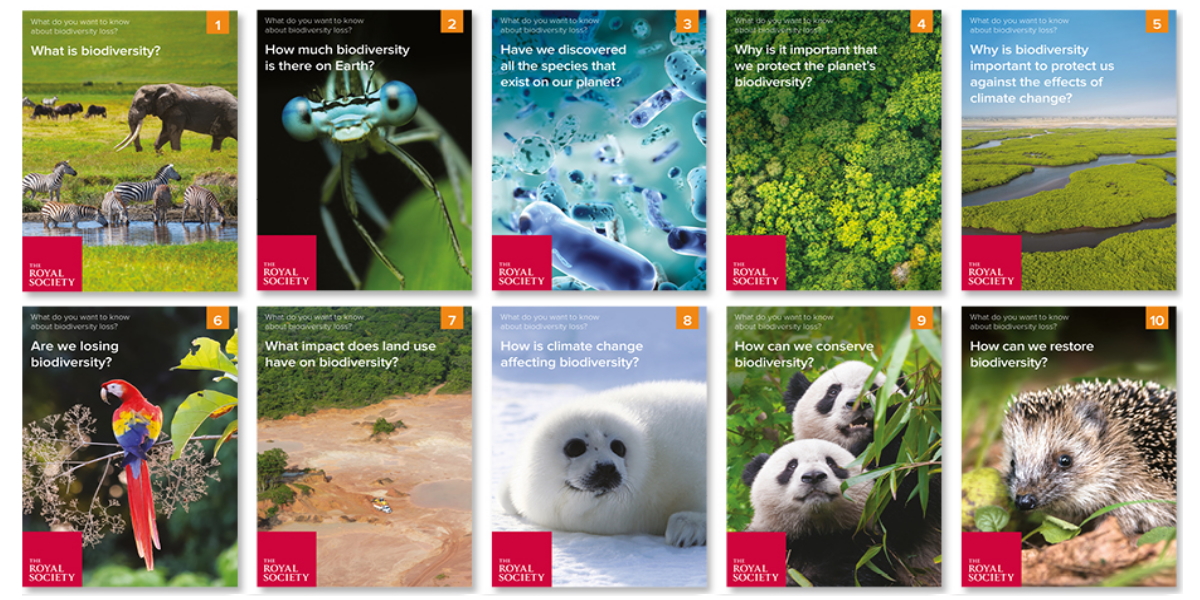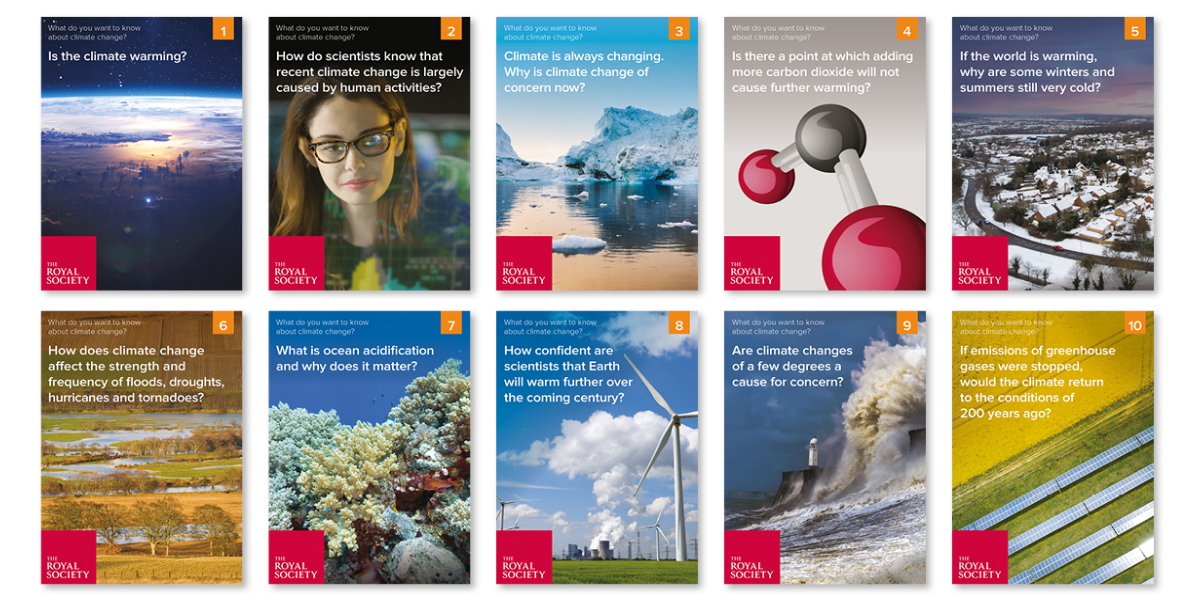Filters
Clear allSubject
- Careers (33) Apply Careers filter
- Climate Change (6) Apply Climate Change filter
- Computing (63) Apply Computing filter
- Creative arts and media (11) Apply Creative arts and media filter
- (-) Remove Cross curricular filter Cross curricular
- Design and technology (206) Apply Design and technology filter
- Engineering (56) Apply Engineering filter
- Food Preparation and Nutrition (13) Apply Food Preparation and Nutrition filter
- Leadership (21) Apply Leadership filter
- Mathematics (155) Apply Mathematics filter
- Personal development (20) Apply Personal development filter
- Psychology (20) Apply Psychology filter
- Science (393) Apply Science filter
- Space (3) Apply Space filter
- STEM Ambassadors (4) Apply STEM Ambassadors filter
- STEM Clubs (10) Apply STEM Clubs filter
Age range
Type
- Activity sheet (135) Apply Activity sheet filter
- Article (11) Apply Article filter
- Assessment (2) Apply Assessment filter
- Audio (5) Apply Audio filter
- Data set (1) Apply Data set filter
- Experiment (9) Apply Experiment filter
- Game (4) Apply Game filter
- Group work (6) Apply Group work filter
- Image (7) Apply Image filter
- Information sheet (37) Apply Information sheet filter
- Interactive resource (15) Apply Interactive resource filter
- Open-ended task (8) Apply Open-ended task filter
- Poster (12) Apply Poster filter
- Presentation (98) Apply Presentation filter
- Research (40) Apply Research filter
- Self assessment (2) Apply Self assessment filter
- Teacher guidance (165) Apply Teacher guidance filter
- Video (44) Apply Video filter
- Include Physical Resources (26150) Apply Include Physical Resources filter
Showing 538 results
Aimed at students aged 5-14 years, this pack contains a range of different activities based on the theme of waste. The activities cover a mixture of topics including: the environment and pollution, recycling, separating materials, waste degradation, and digestion. Designed for use in class or within a science week...
This brief activity uses false-colour images of the Columbia glacier to introduce the idea of using sequences of satellite images to monitor change and focuses on the selection of appropriate data for an investigation.
This activity uses satellite images of the Earth to show how a glacier has changed over almost three decades. Children are asked to measure the glacier to find out how much it has changed in size and to compare false-colour images to suggest how this helps us find out more about environmental change. Guidance on...
Practical Action helps local communities in the developing world gain access to services such as water and sanitation, vital for a decent quality of life. Some examples of how they go about doing this and the technologies involved are demonstrated in these videos:
- Dying for a drink - solar powered...
This activity looks at water consumption on a local and global scale. Students learn about the main water contaminants and various methods of purification and the role of engineers and their approach to design challenges. The resource aims to inspire an interest in water conservation and to introduce students to...
This resource provides teachers notes on a Climate Change themed transition day for children in their last term in primary school. There are six activities, which support children in understanding the difference between weather and climate, identifying temperature trends over time, making connections with their...
In this set of activities, children learn the difference between weather and climate. They identify different climatic zones and collect their own weather data. They analyse and compare daily and monthly air temperature measurements. Finally, they learn about different climate scenarios and identify what it means...
This short activity introduces students to the ideas of the footprint and resolution of an image, asking them to choose and use appropriate methods to calculate how these quantities would change as they moved a camera to a series of vantage points above the surface of the Earth

These evidence-based, question and answer style classroom resources can be used to engage students of all ages...

These evidence-based, question and answer style classroom resources can be used to engage students in the climate...
Developed for use in Early Years, these resources link to work on the areas of physical development, understanding the world and communicating ideas, they also aid vocabulary development and working as part of a group. They look at different types of food, where they come from and the shops which sell these...
In this activity students take on the role of Earth observation scientists submitting a request for an image they would like for their research. This gives them the opportunity to consider the possibilities of pictures taken from orbit (and the limitations) and to write scientifically for a specific audience. It...
In this activity students take on the role of Earth observation scientists submitting a request for an image they would like for their research. This gives them the opportunity to consider the possibilities of pictures taken from orbit (and the limitations) and to write scientifically for a specific audience. It...
In this activity children take on the role of Earth observation scientists submitting a request for an image they would like for their research. This gives them the opportunity to consider the possibilities of pictures taken from orbit (and the limitations) and to write scientifically for a specific audience. It...
